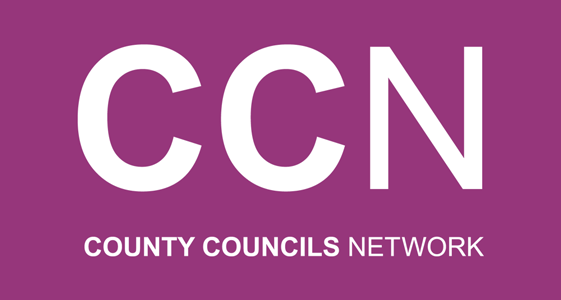
CCN Blogs | 01 October 2019

The Hypothecated Levy – a welcome income stream that is debt-free or one headache too many for County Hall?
Councils have both a legal and moral duty to manage scarce resources responsibly and the continued rise of commercialisation has led to intense scrutiny of their borrowing and investment activities over the past two years – by CIPFA, the MHCLG, and the NAO, amongst others. This has been understandable, given as of December 2018 the sector’s total borrowing and investment amounted to £100bn and £32bn respectively[1]. The spotlight has focused most tightly on the sector’s exponential increase in property investments over the past half-decade, which amounted to £4bn in 2017/18, representing a 238% increase since 2013/14 (accounting for 16% of all capital expenditure last year)[2]. There has also been a broader concern about an absence of prudence and long-term sustainability if “the sector is maxing out on its government credit card” and becoming over-geared.[3]
So, are there ways for County Hall to identify a new long-term revenue stream that doesn’t result in increasing debt? One policy intervention worthy of further consideration is the so-called “Hypothecated Levy”. That is, taking an old idea and reframing it for the present day.
A hypothecated levy is a charge whereby all revenue raised is ear-marked for an approved purpose. The original idea is credited to the English economist Arthur Cecil Pigou (1877–1959) who intended to use the levy to correct an undesirable or inefficient market outcome (a market failure), and does so by being set equal to the social cost of the negative externalities. Hypothecated taxation is an increasingly attractive option to local authorities as it can provide a new long-term revenue stream, involves nil debt, is likely to only involve modest administration if done correctly, and is restorative.
In local government, its application is a mixture of established and emergent policy interventions, including: Visitor Donation Scheme, Car Park Workplace Levy on Employers, s106/CIL Agreement, Clean Air and Congestion Charge, Green Waste Charge, Business Rates and Council Tax Precept[4], Ecosystem Services and Biodiversity Net Gain Obligation. Research suggests that if all UK local authorities followed the leads of Edinburgh, Barcelona and New York in making the case for a Visitor Donation Scheme on short stay visitor accommodation, it could generate up to £2.1billion each year[5]. This income could then be used for reinvestment in affordable housing, cleaner air, and safeguarding the vulnerable.
Most of the specialist media attention in this regard has focused on metropolitan case studies – Nottingham’s car park work levy on employers to pay for its metro transit, and Hackney’s visitor donation scheme to fund cultural services. However, there are good examples at the county level too, ranging from the Durham congestion charge to promote cleaner air, North Yorkshire council tax precept to partly cover rising social care costs, through to the Lake District in Cumbria proposal for using car parking fees to restore the national park.
A debt-free intervention does not equate to a headache-free intervention, however. Powers to act is one key consideration, such as in Hackney, where their visitor donation scheme is currently only a voluntary project until the Mayor of London secures the power to mandate from government. Another key consideration is stakeholder engagement. Councils must ensure that elected representatives from across the political spectrum, the community and business groups are all involved in setting the terms of the levy, both on price point and on the end use of the funds raised. After public consultation, North Yorkshire reluctantly increased the council tax base on a hard-pressed public to address a funding gap in adult social care. A further key consideration is the implementation plan, in regard to factoring in the cost efficiency of administration. For example, in Nottingham, its car park workplace levy on employers is being collected through its existing Licensing Division’s electronic payment system.
So, is a hypothecated levy a good thing for County Hall? Our experience is that it can be a force for good as long councils are crystal clear about what problem they are trying solve. In making their business case for change, councils need to take a place-based approach and develop a robust financial model when choosing the most prudent option.
A hypothecated levy, while a good option, is just one potential source of income generation – others include fees and charges, taxation, grants and contract assurance, asset management, treasury investments, and commercial trading. For more information on income generation in local government download our report: The Income Spectrum
Philip Monaghan
Associate Director – Public Services Advisory
Grant Thornton UK LLP
[1] MHCLC, Outstanding amounts of local authority borrowing and investments as at end March, 2014-2018, and as at end December 2018.
[2] MHCLG, Local Authority Capital Expenditure and Receipts, England 2017-18 Outturn.
[3] CIPFA, https://www.cipfa.org/cipfa-thinks/cipfa-thinks-articles/the-sector-is-maxing-out-its-government-credit-card
[4] Applicable in the instances where the Precept (or Supplement) is prescribed for a specific local use eg social care, policing, rail infrastructure
[5] Institute for Fiscal Studies, March 2019.
© 2024 County Councils Network | Credits | Site map | Cookies | Privacy Policy.